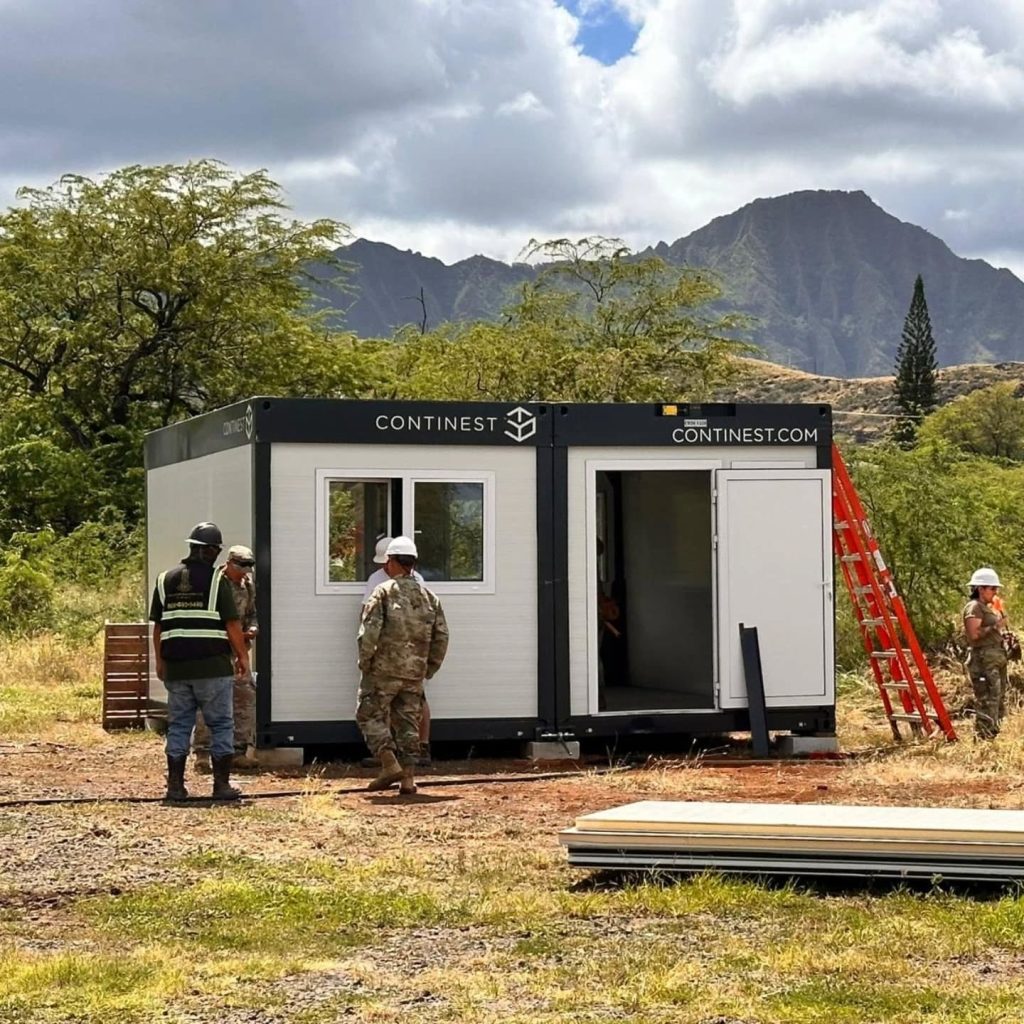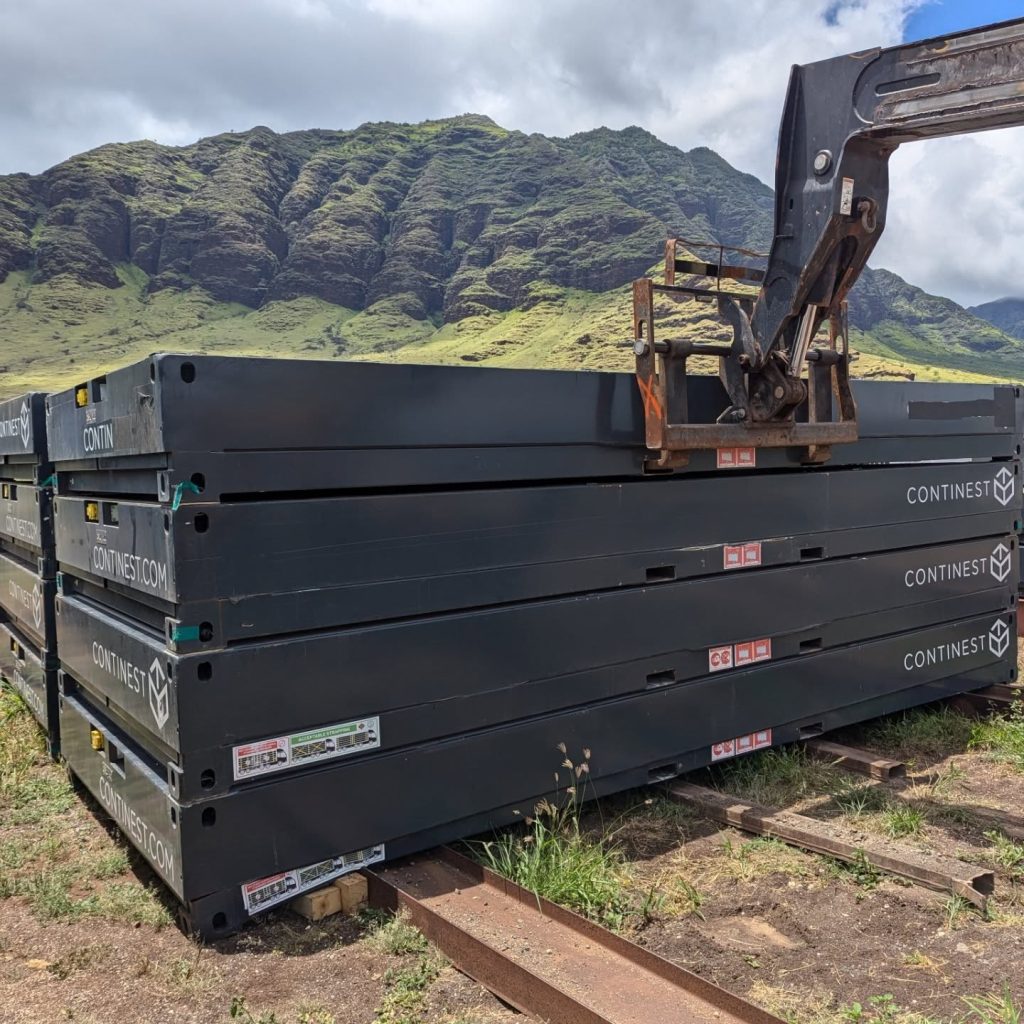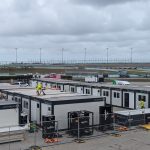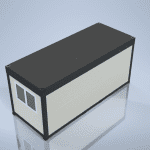When communities face sudden crises — whether natural disasters, housing shortages, or humanitarian emergencies — the need for safe, reliable, and quickly deployable housing becomes urgent. Traditional construction methods can’t deliver fast enough, often taking weeks or months to provide livable space. That’s where foldable modular buildings are making an impact, transforming the way we think about temporary housing solutions worldwide.
With compact transport, rapid setup, and sustainable design, foldable modular buildings are redefining the possibilities for temporary emergency shelters, disaster recovery, and beyond.
Why Foldable Modular Buildings Are a Game Changer
Foldable modular buildings are designed with speed, efficiency, and adaptability in mind. Unlike traditional modular construction, which ships as fixed-size units, foldable models collapse flat for transport, allowing more units to be shipped on fewer trucks. This means communities can receive shelter faster and with significantly fewer emissions.
Key advantages include:
- Rapid Deployment Housing: Units can be unfolded and set up in minutes, not weeks.
- Scalability: Multiple units can be combined into larger housing complexes, offices, or clinics.
- Transport Efficiency: Up to 10 foldable containers fit on one truck, compared to just two traditional containers.
- Sustainability: Less transport, less waste, and reusable long-term.
In high-pressure situations like natural disasters, every hour counts — and foldable modular buildings deliver.

Temporary Housing Solutions for Crisis Response
When a community is struck by hurricanes, wildfires, or earthquakes, survivors often need housing immediately. Temporary housing solutions have historically included tents, trailers, or rapidly constructed shelters. While functional, these often lack durability, insulation, and long-term livability.
Foldable modular buildings solve these problems:
- Durability: Engineered to meet safety and certification standards.
- Comfort: Climate control, insulation, and customizable layouts create a livable space.
- Flexibility: Units can transform into housing, medical stations, or operations hubs as needed.
For displaced families, foldable modular housing provides not just a roof, but dignity and stability during uncertain times.
How Foldable Modular Buildings Provide Temporary Emergency Shelters
Temporary emergency shelters must be safe, secure, and quickly deployable. Foldable modular buildings are uniquely suited for this role. They can be:
- Set up in less than 10 minutes per unit
- Expanded into housing villages to accommodate hundreds of people
- Reused and relocated for future emergencies
For relief organizations, this means fewer logistical headaches and more time spent directly supporting affected communities.
Cost Efficiency and Sustainability
Compared to traditional construction, foldable modular buildings are significantly more cost-effective for temporary housing solutions.
- Reduced Labor Costs: Units are prefabricated in factories, requiring less on-site labor.
- Minimal Material Waste: Controlled production eliminates construction inefficiencies.
- Predictable Budgets: Standardized designs ensure reliable pricing.
On the sustainability side, transporting 80% fewer trucks to a disaster site means drastically reduced carbon emissions. Reusable, stackable, and designed for longevity, foldable modular buildings embody eco-friendly temporary housing practices.
Use Cases Beyond Housing
The adaptability of modular infrastructure makes foldable buildings valuable across industries:
- Disaster Relief: Housing, medical clinics, and command centers.
- Humanitarian Efforts: Refugee housing and mobile health facilities.
- Events & Sports: Retail units, concession stands, and ticketing booths.
- Education: Temporary classrooms for schools facing overcrowding.
- Military & Defense: Secure barracks, command posts, and rapid medical setups.
These buildings can also be customized with vinyl wraps, branding, or interior configurations — ensuring they don’t just function but also fit the environment they serve.
Affordable Temporary Housing with Modular Construction
Affordability is critical in emergency housing scenarios. Foldable modular buildings achieve cost savings by maximizing transport efficiency and minimizing wasted labor. They can also be relocated, giving governments and aid organizations a long-term return on investment instead of single-use structures.
This makes them a smart choice for regions frequently hit by natural disasters or for humanitarian organizations that need reusable solutions for global deployment.
Eco-Friendly Temporary Housing Using Foldable Containers
Sustainability is no longer optional — it’s a necessity. Foldable modular buildings reduce the carbon footprint of emergency response by:
- Cutting transportation emissions through compact stacking
- Reducing on-site construction waste
- Offering long-term reusability
Compared to traditional builds or disposable shelters, foldable modular infrastructure delivers a greener approach to temporary housing solutions.
Rapidly Deployable Modular Buildings for Temporary Shelters
At the heart of their appeal, foldable modular buildings are about speed and reliability. Imagine a community hit by a flood where hundreds are displaced overnight. Instead of waiting weeks for tents or trailers, aid groups can have rapid deployment housing up in a matter of hours.
With units that unfold in minutes and scale to entire housing villages, foldable modular solutions save lives by reducing the gap between disaster and safe shelter.
How Continest Is Leading the Way
Foldable modular buildings aren’t just a concept — they’re a proven solution already supporting global relief, events, and military operations. Companies like Continest are at the forefront of this movement, combining transport efficiency, rapid deployment, and sustainable design to reshape how communities think about temporary housing solutions.
Whether for disaster relief, humanitarian aid, or large-scale events, Continest delivers more than infrastructure — it delivers resilience, sustainability, and hope when people need it most.
Reusable. Relocatable. Responsible. That’s the future of modular infrastructure.
FAQs
1. How do foldable modular buildings provide temporary housing?
They unfold in minutes and can be configured into single units or large housing complexes, creating safe, durable living space fast.
2. Are foldable container homes safe and durable?
Yes, they meet modular construction safety standards, providing insulation, climate control, and structural stability.
3. How fast can modular buildings be installed?
Each unit can be deployed in 5–10 minutes, allowing entire housing villages to be established in under a day.
4. What is the difference between modular and traditional construction?
Traditional builds are site-based and time-intensive, while modular builds are prefabricated and delivered ready to set up — making them faster, more cost-efficient, and sustainable.
5. How are foldable containers transported and set up?
Up to 10 units can be stacked on a flatbed, reducing transport needs. Once on-site, they unfold easily with minimal labor.




